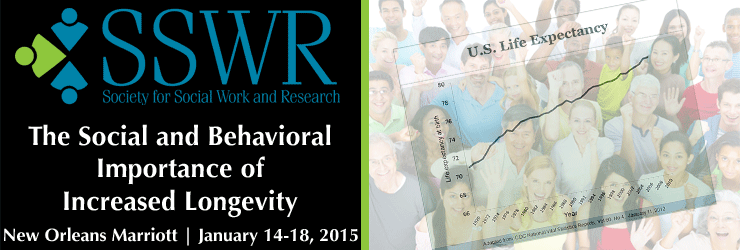The Role of Maternal Employment Characteristics in Explaining the Impact of Income Changes on Child Behavior
Method: This study uses waves 3, 5, and 9 of the Fragile Families and Child Wellbeing Study, an urban birth cohort comprising a nationally representative sample of at-risk families (N=4,755). We measure poverty using a ratio of total household income to the federal poverty threshold. Child behavior was measured using mean scores from subscales of the Child Behavior Checklist. To measure the quality of maternal employment, we use mother’s reports of the type of employment, schedule predictability, shift type, and a mean score of work-related stress. We include covariates for family structure, household size, and child gender, as well as interactions for our maternal employment characteristics with the poverty ratio. We use hierarchical linear modeling (HLM) to estimate changes in child behavior as a function of household poverty transitions across the three waves.
Results: Approximately one-third of families in our sample experienced an increase in income that resulted in a transition from living below the poverty line to living above it. Our estimates for the intercepts suggest that a transition to higher income is associated with a decrease in anxious, withdrawn, and aggressive behaviors. The effect size was largest with aggressive behavior, where increased income was associated with an 18% of a standard deviation decrease in aggression. Our interaction terms are suggestive of the importance of maternal employment characteristics. The association between increased income and behavior was negative when mothers had an irregular work schedule, worked nonstandard hours, and reported higher levels of employment-related stress.
Implications: Our findings highlight the importance of investigating within-child behavior changes and its association with income mobility, rather than comparing the behaviors of low-income children to higher-income children. Our results also reinforce the idea that positive income changes occurring early in a child’s life may improve child behavioral health. But these findings also suggest that such benefits should be considered concurrently with maternal human capital and the type of maternal employment that has led to income gains. Because current welfare policy encourages mothers with low human capital to work regardless of job quality, this is a finding that warrants further investigation. To adequately support low-income working mothers, targeted behavioral health interventions for children should also be considered when mothers move into work.

